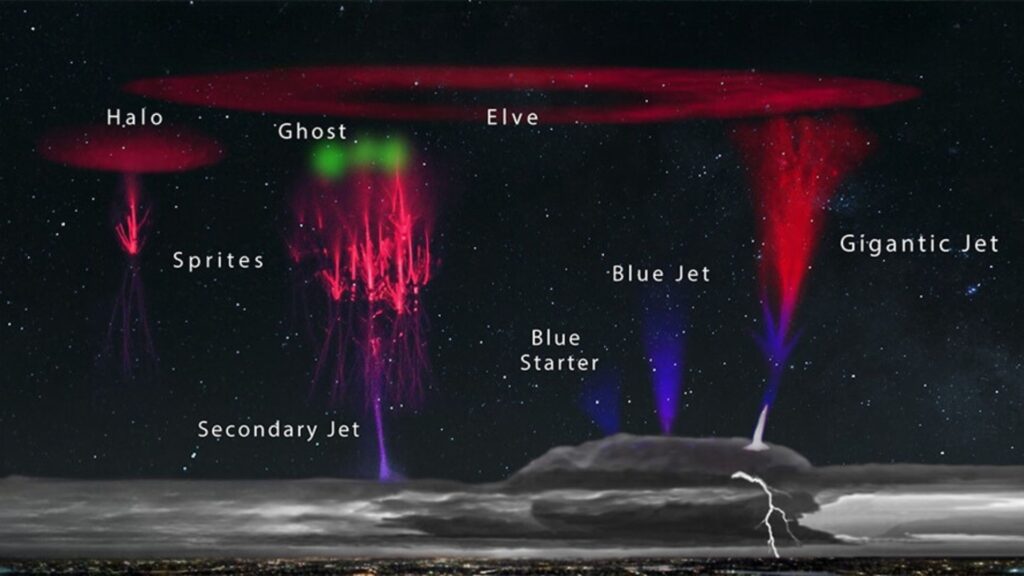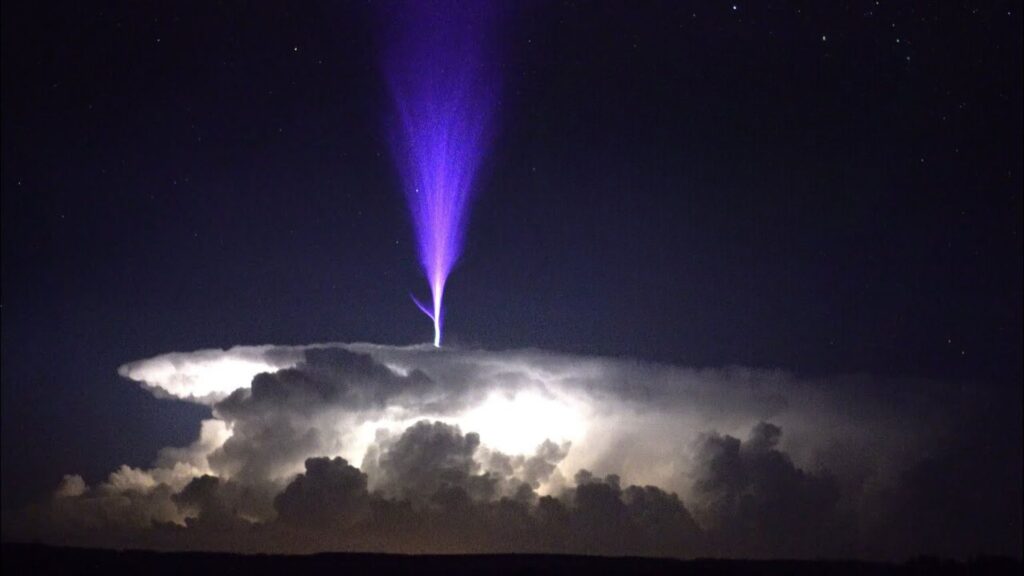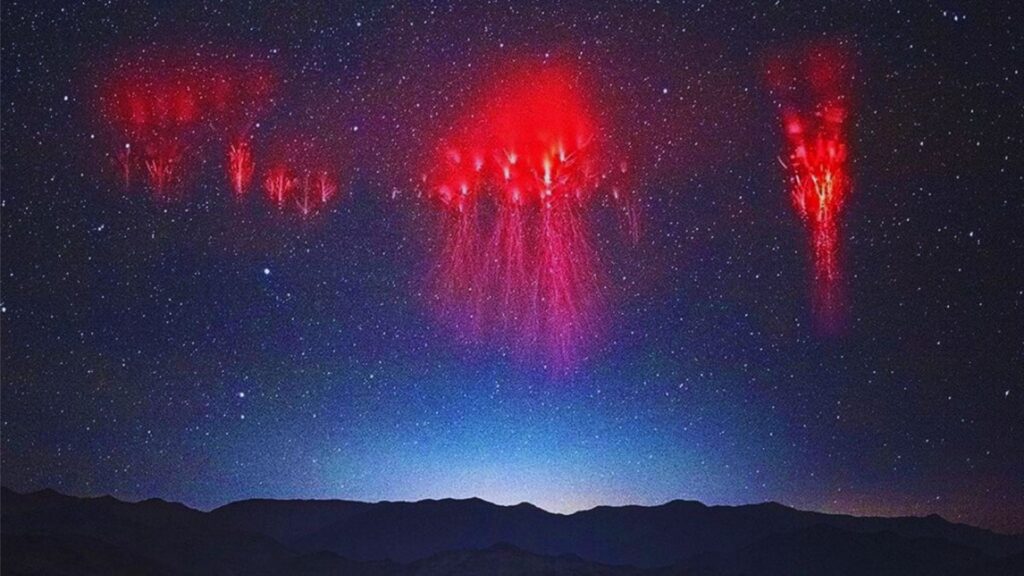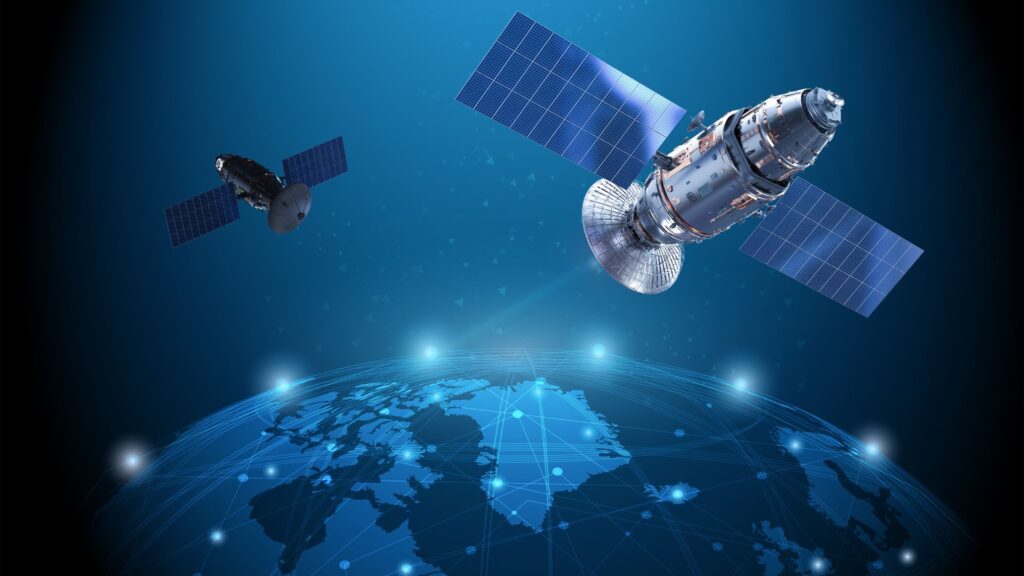What are Transient Luminous Events?
The sky above us is filled with mysteries, and one of these fascinating phenomena is the transient luminous event (TLE). These are short-lived, bright flashes of light that occur high above thunderstorm clouds, often visible to the naked eye. TLEs consist of several types, each with their unique features and characteristics.
To observe transient luminous events and other celestial wonders, having the right equipment is essential. Explore our recommendations for the best telescopes of 2023 to enhance your stargazing experience.
The discovery of Transient Luminous Events
Although TLEs have likely been observed for centuries, they only gained widespread attention in the scientific community in the late 20th century. It was during this time that researchers began to systematically study these events using modern observation equipment.
Types of Transient Luminous Events

Sprites
Sprites are the most common type of TLE. They appear as red, jellyfish-like flashes of light with tendrils that reach down toward the Earth. They usually occur high above thunderstorms, at altitudes between 50 and 90 kilometers.
Jets
Blue jets are cone-shaped flashes of light that shoot upward from the tops of thunderstorm clouds. They can reach altitudes of up to 50 kilometers and are typically blue in color due to the ionization of nitrogen molecules in the atmosphere.

Elves
These are large, ring-shaped flashes of light that rapidly expand and disappear. They occur at very high altitudes, around 90 kilometers, and are caused by electromagnetic pulses generated by lightning strikes.

Gigantic jets
Gigantic jets are similar to blue jets but are much larger and more powerful. They can reach altitudes of over 90 kilometers and are incredibly rare, with only a few documented cases.
Halos
Halos are faint, circular flashes of light that occur around the same altitude as sprites. They are not as bright as other TLEs, making them harder to observe and study.

The science behind Transient Luminous Events
Formation process
TLEs are formed when powerful lightning strikes within thunderstorms generate strong electric fields that extend high into the Earth’s atmosphere. These fields cause the ionization of gases, resulting in the formation of bright, colorful flashes of light we see as TLEs.
Environmental factors
Several environmental factors can influence the occurrence and characteristics of TLEs, including atmospheric composition, altitude, and the strength of the lightning strike. This variability makes them a valuable subject for atmospheric research.
For a deeper understanding of transient luminous events and other captivating sky spectacles, delve into our informative guide on Atmospheric Light Phenomena to expand your knowledge.
Observation and Research of Transient Luminous Events
Tools and techniques
To study TLEs, researchers use a variety of tools and techniques, including high-speed cameras, low-light video cameras, photometers, and radio frequency detectors. These instruments help capture the fleeting events and provide valuable data for further analysis.
Recent discoveries
In recent years, new discoveries have been made in the field of TLE research. For example, scientists have identified previously unknown types of TLEs, such as “ghosts,” which are brief, dim flashes of light that appear between sprites and halos.
The Significance of Transient Luminous Events

Atmospheric research
TLEs play a crucial role in our understanding of the Earth’s atmosphere. They offer valuable insights into the complex processes that occur at high altitudes and help researchers study the interactions between different layers of the atmosphere.
Implications for climate change
As TLEs are closely related to thunderstorms and other meteorological phenomena, studying them can help scientists better understand the impact of climate change on our atmosphere. For example, researchers have found that TLEs are more likely to occur during periods of increased global temperatures, suggesting a potential link between climate change and the frequency of these events.

TLEs can generate strong electromagnetic pulses, which can interfere with radio communications, GPS signals, and other navigation systems. By studying TLEs, researchers hope to develop strategies to mitigate these disruptions and improve the reliability of our communication and navigation infrastructure.
Conclusion
Transient luminous events are fascinating natural phenomena that provide valuable insights into the Earth’s atmosphere and its complex processes. The continued study of TLEs will not only enhance our understanding of these captivating events but also help us address the challenges posed by climate change and technological advancements.
FAQs
- What causes transient luminous events? TLEs are caused by powerful lightning strikes within thunderstorms, which generate strong electric fields that extend high into the Earth’s atmosphere. These fields cause the ionization of gases, resulting in the formation of bright, colorful flashes of light we see as TLEs.
- How long do transient luminous events last? TLEs are short-lived events, typically lasting only a few milliseconds to a few seconds.
- Can transient luminous events be seen with the naked eye? Yes, some types of TLEs, such as sprites and blue jets, can be visible to the naked eye under the right conditions. However, other types, like halos and elves, are more difficult to observe without specialized equipment.
- Do transient luminous events pose any danger to humans or animals? TLEs occur high in the atmosphere and do not pose a direct threat to humans or animals on the ground. However, the electromagnetic pulses generated by some TLEs can interfere with communication and navigation systems, which could have indirect consequences.
- What can we learn from studying transient luminous events? Studying TLEs helps researchers better understand the Earth’s atmosphere, the interactions between different atmospheric layers, and the impact of climate change on meteorological phenomena. This information can also be used to improve our communication and navigation infrastructure by mitigating the effects of TLE-generated electromagnetic pulses.
If you’re fascinated by transient luminous events and want to explore more atmospheric light phenomena, check out our comprehensive guide on Dancing Skies: A Guide to Atmospheric Light Phenomena.
